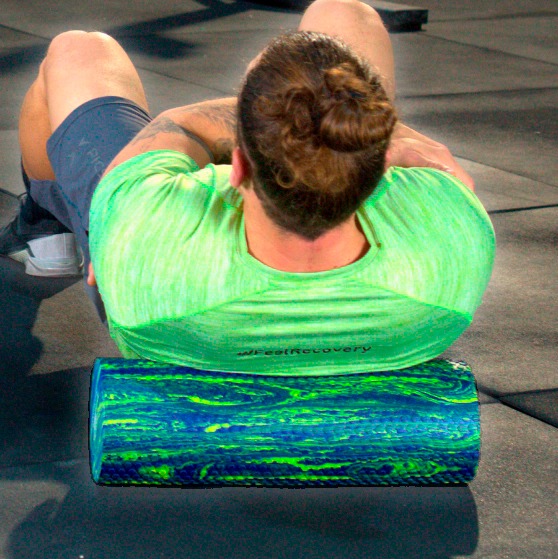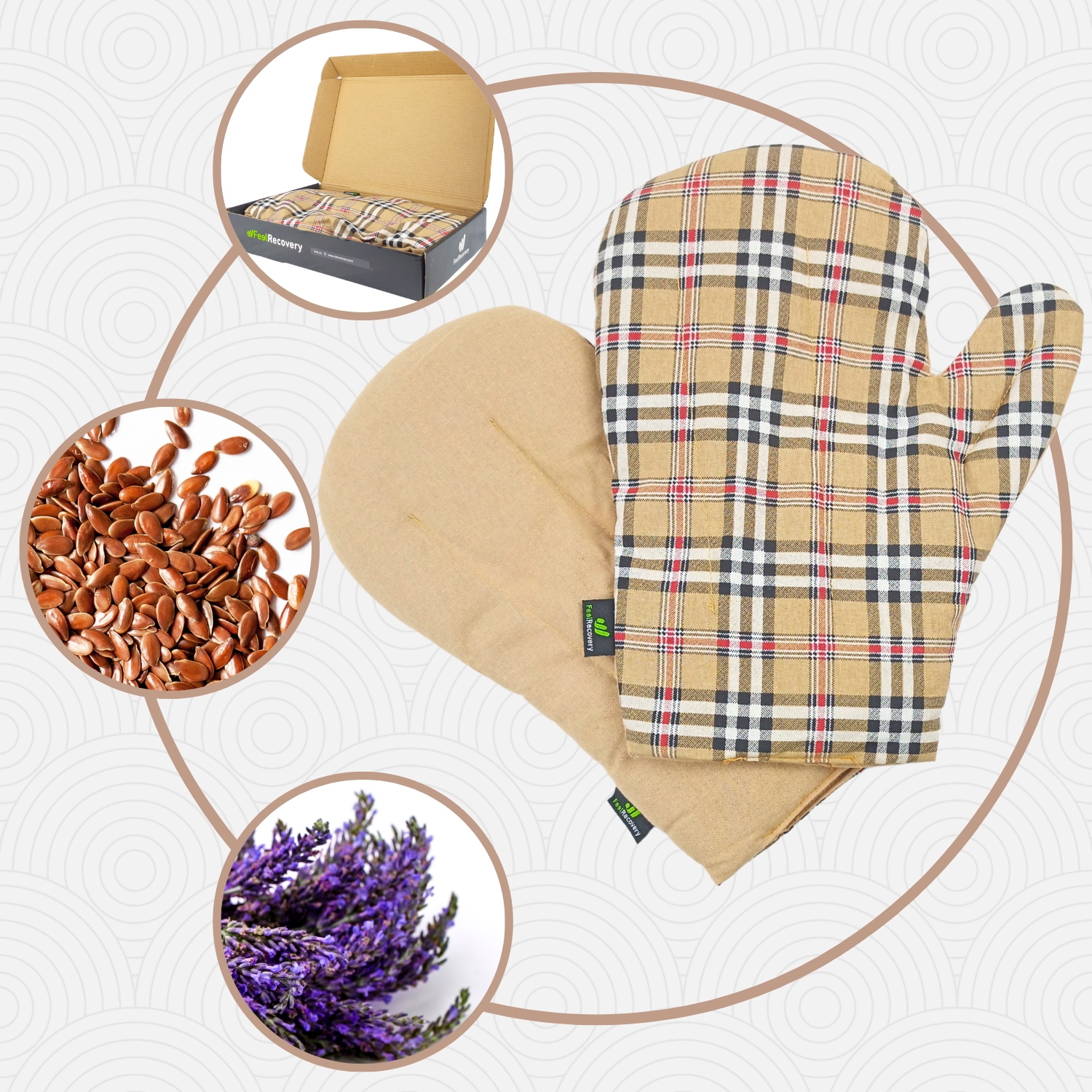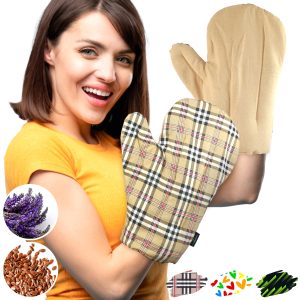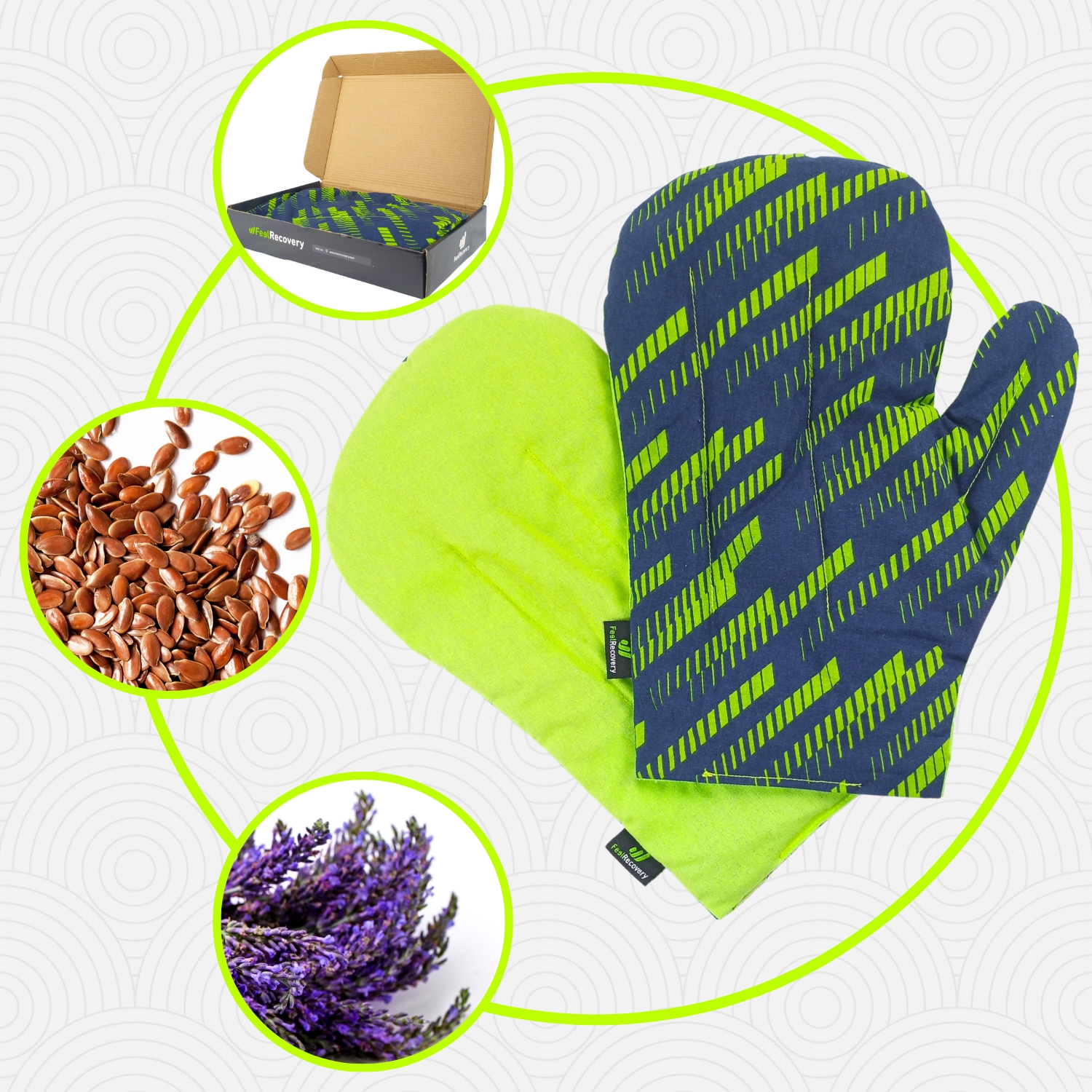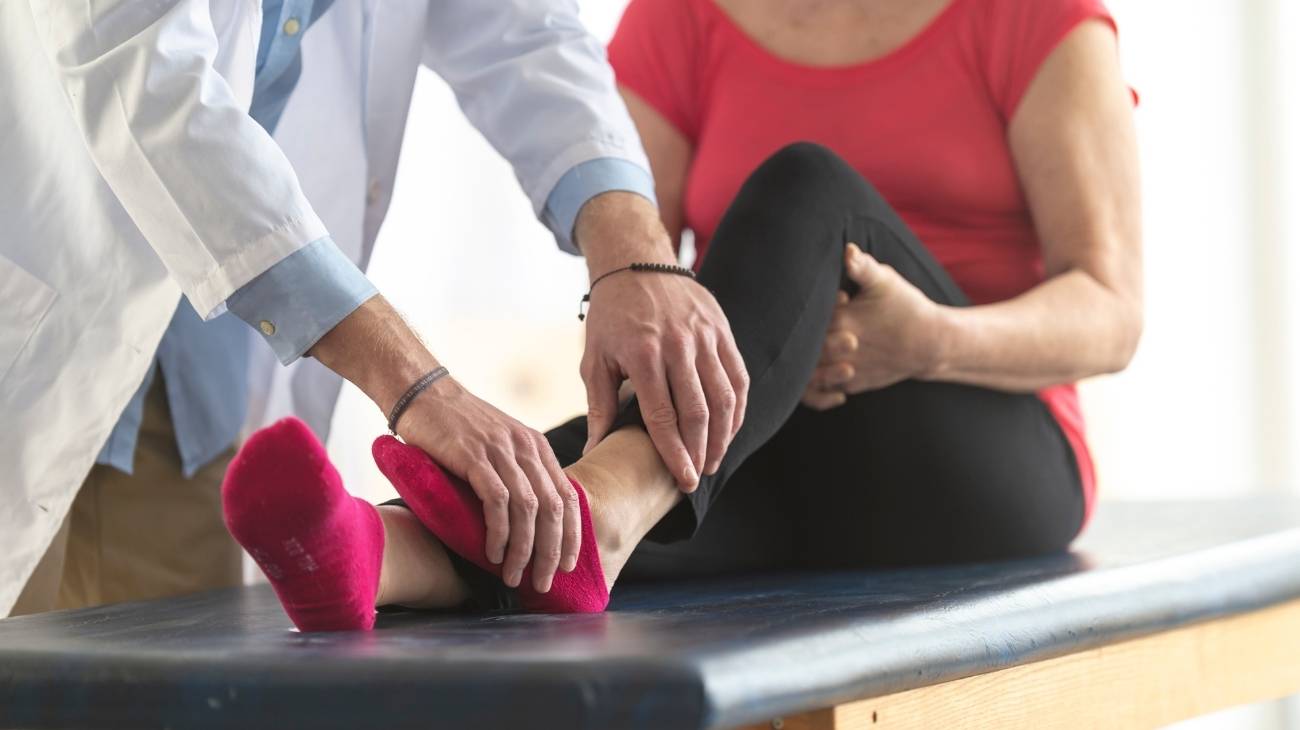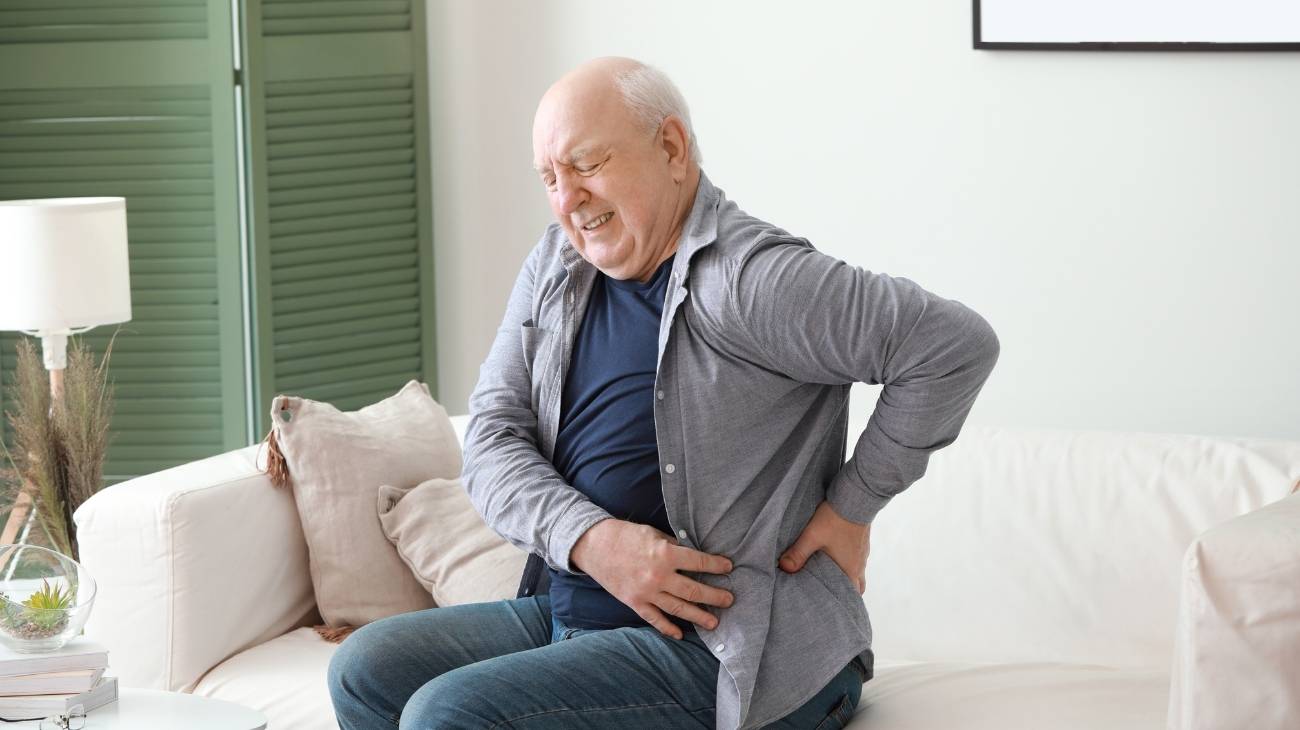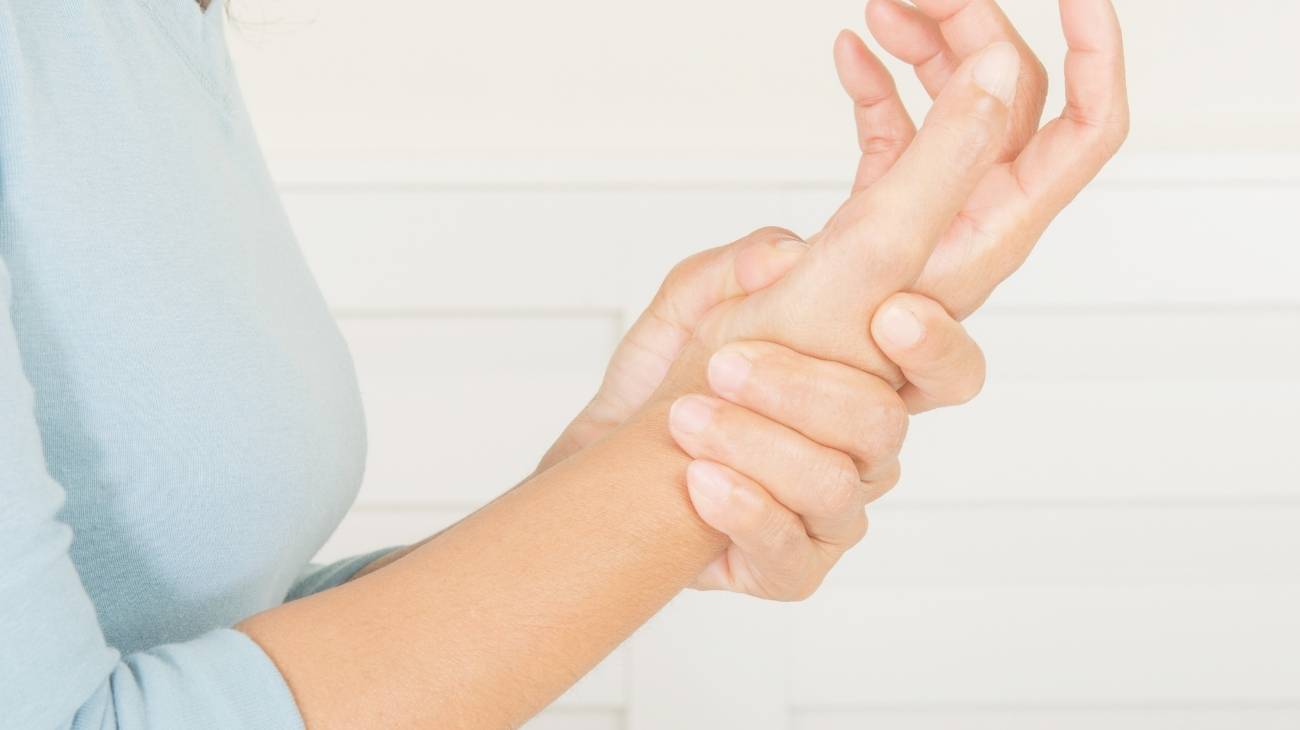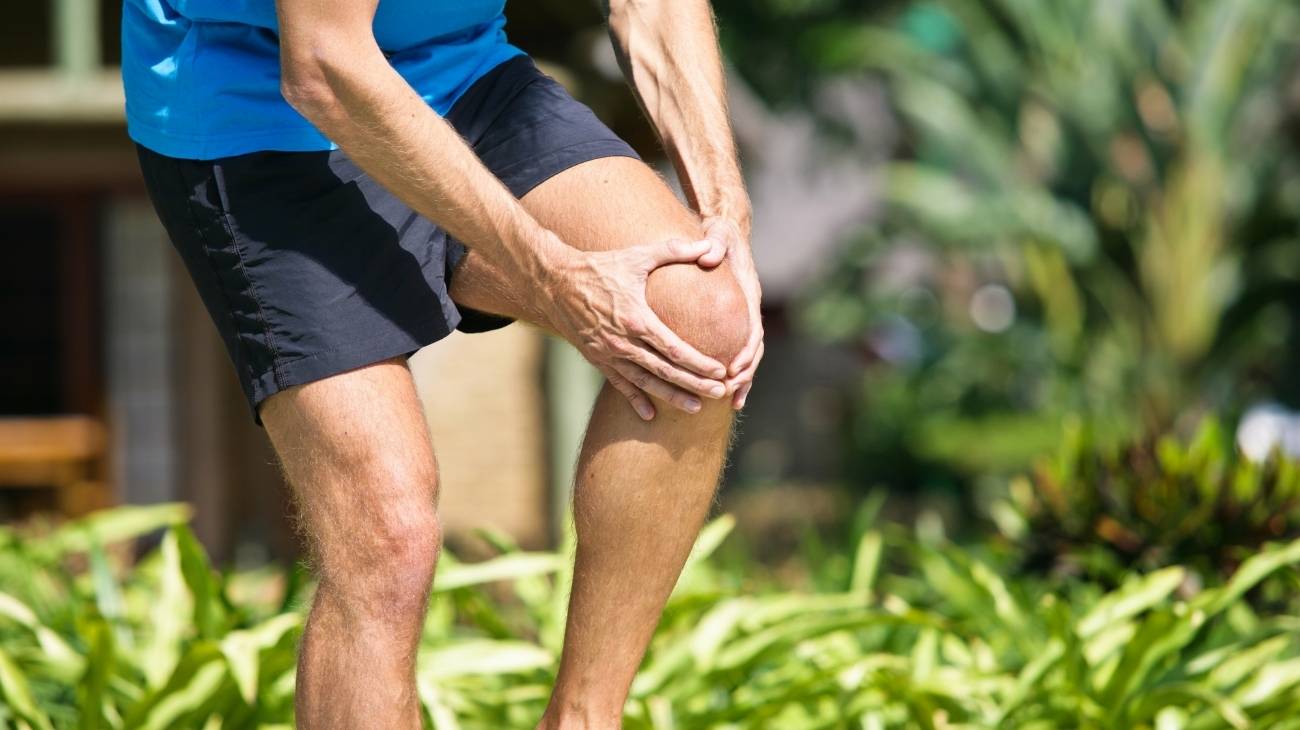Hands and wrist arthritis is a common condition characterized by joint pain, stiffness, and swelling, often caused by wear and tear or autoimmune disorders. Managing these symptoms effectively requires a combination of targeted products and supportive therapies.
Compression gloves are highly effective in alleviating arthritis pain. These gloves apply gentle pressure, improving circulation and reducing inflammation. Their breathable and flexible material ensures comfort during extended wear, making them suitable for both daytime activities and nighttime relief.
Heat therapy wraps offer soothing relief for arthritic hands and wrists. By applying targeted heat, these wraps relax muscles, improve joint flexibility, and enhance blood flow, alleviating stiffness and promoting healing. For cold-related flare-ups, dual-function wraps that combine heat and cold therapy provide optimal results.
Ergonomic wrist braces are designed to stabilize the joints, reducing strain during repetitive motions. These braces support the wrist in a neutral position, minimizing pain and preventing further damage to the joints, especially during activities like typing or lifting.
TENS (Transcutaneous Electrical Nerve Stimulation) devices are another non-invasive option for pain management. These devices use gentle electrical impulses to block pain signals and stimulate the production of endorphins, offering significant relief without medication dependency.
Massage tools, such as hand massagers or rollers, are excellent for improving blood flow and reducing stiffness in the hands and wrists. Regular massage sessions can relax tight muscles and enhance joint mobility, complementing other therapies for better outcomes.
Stretching and strengthening exercises tailored for arthritis in the hands and wrists play a vital role in maintaining joint health. Incorporating simple, low-impact exercises into your routine improves flexibility, strengthens the muscles around the joints, and reduces discomfort over time.
Supportive products like ergonomic tools, including specially designed kitchen utensils or computer accessories, reduce strain on the joints during daily tasks. These products, combined with therapy solutions like compression gloves and heat wraps, create a holistic approach to arthritis management.
FAQ: Frequently Asked Questions
What are the best products for hand and wrist arthritis pain?
Compression gloves, heat therapy wraps, ergonomic wrist braces, and TENS devices are among the most effective solutions for managing arthritis pain in the hands and wrists.
How do compression gloves help with arthritis pain?
Compression gloves improve blood flow, reduce swelling, and provide gentle support, alleviating pain and stiffness caused by arthritis.
Are heat therapy wraps effective for wrist arthritis?
Yes, heat therapy wraps relax muscles, enhance joint flexibility, and improve blood circulation, making them highly effective for relieving arthritis pain in the wrists.
What benefits do ergonomic wrist braces offer?
Ergonomic wrist braces provide joint stability, reduce strain during repetitive activities, and prevent further damage, making them essential for managing arthritis symptoms.
Can TENS devices be used for hand arthritis pain?
TENS devices are effective for blocking pain signals and stimulating endorphin release, offering non-invasive relief for hand arthritis pain.




